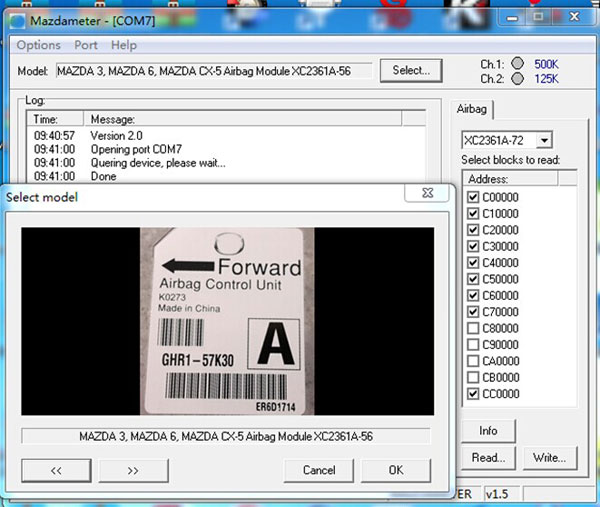

It also doesn’t scale down well for more typical day-to-day and mostly single-threaded scenarios, like when deleting a bunch of photos from your “Pictures” folder. Its support for journaling is restricted, though, compared to more modern alternatives, and it is arguably more prone to data loss. Support for delayed allocation, dynamically allocated inodes, and advanced read-ahead algorithms help it achieve excellent performance, especially on large-scale storage pools up to hundreds of TB in size. Thanks to the use of “allocation groups” – parts of the filesystem that contain their own inodes and free space – it’s possible for multiple threads to read and write data at the same time in parallel. That’s why XFS remains one of the best options for systems that are constantly reading and writing data. XFS was created by Silicon Graphics almost three decades ago for their graphics workstations specializing in rendering 3D graphics. It’s worth noting that BtrFS is also “SSD-friendly” since it automatically disables its features that are useful for mechanical HDDs but could wear out SSDs. Thus, in case of a failure, it can pull information from backups and checksums to reconstruct corrupted or missing data. Instead, it ensures that each block on one device has a copy on another and keeps CRCs for all data. Online and offline filesystem checks further reduce the possibility of data loss.ītrFS natively supports RAID, but it doesn’t follow the approach of typical software RAID striping or hardware block mirroring. This also allows for snapshots of different states of the filesystem as well as easy replication, migration, and incremental backups. It follows a copy-on-write approach, saving new iterations of data and metadata instead of affecting the existing ones (“shadowing”). So, before I waste days research this topic, should i care about any of those? are them better than ext4 nowadays (that paper is from 2011)? Would i loose any functionality running those file systems as opposed to ext4 (e.g.Btrfs comes with advanced features, such as automatic defragmentation and transparent compression. but i know very little about them (my only other experience is with RO flash FS, which i use mostly for openWRT) and that paper makes considerations about the type of flash memory being used (i have no clue how to extract that information from my devices or from the manufacturer pages) I found publications suggesting JFFS2, YAFFS, UBIFS. My usage pattern will be to almost never write to the disk, only on system updates.

The only thing i did was to mount all the frequently-written to directories (e.g. i'm currently using ext4 and not giving any though about trim. I pretty much installed Fedora18 on a 16GB USB3 pen drive (it's faster then a harddrive). I'd like opinions on Read-Write usb images.

Most other questions here close to this topic are either for SSDs, or ReadOnly usb live images.


 0 kommentar(er)
0 kommentar(er)
